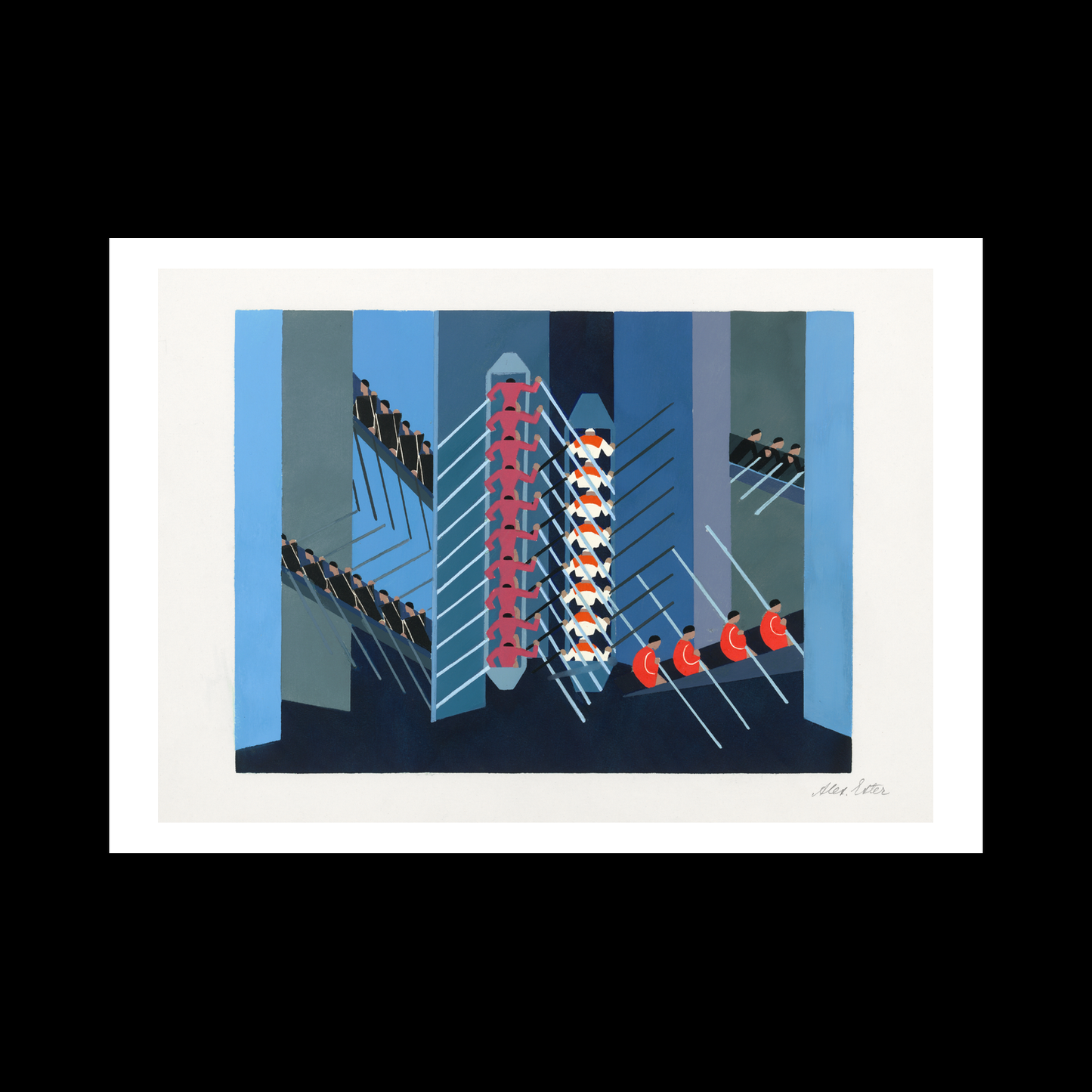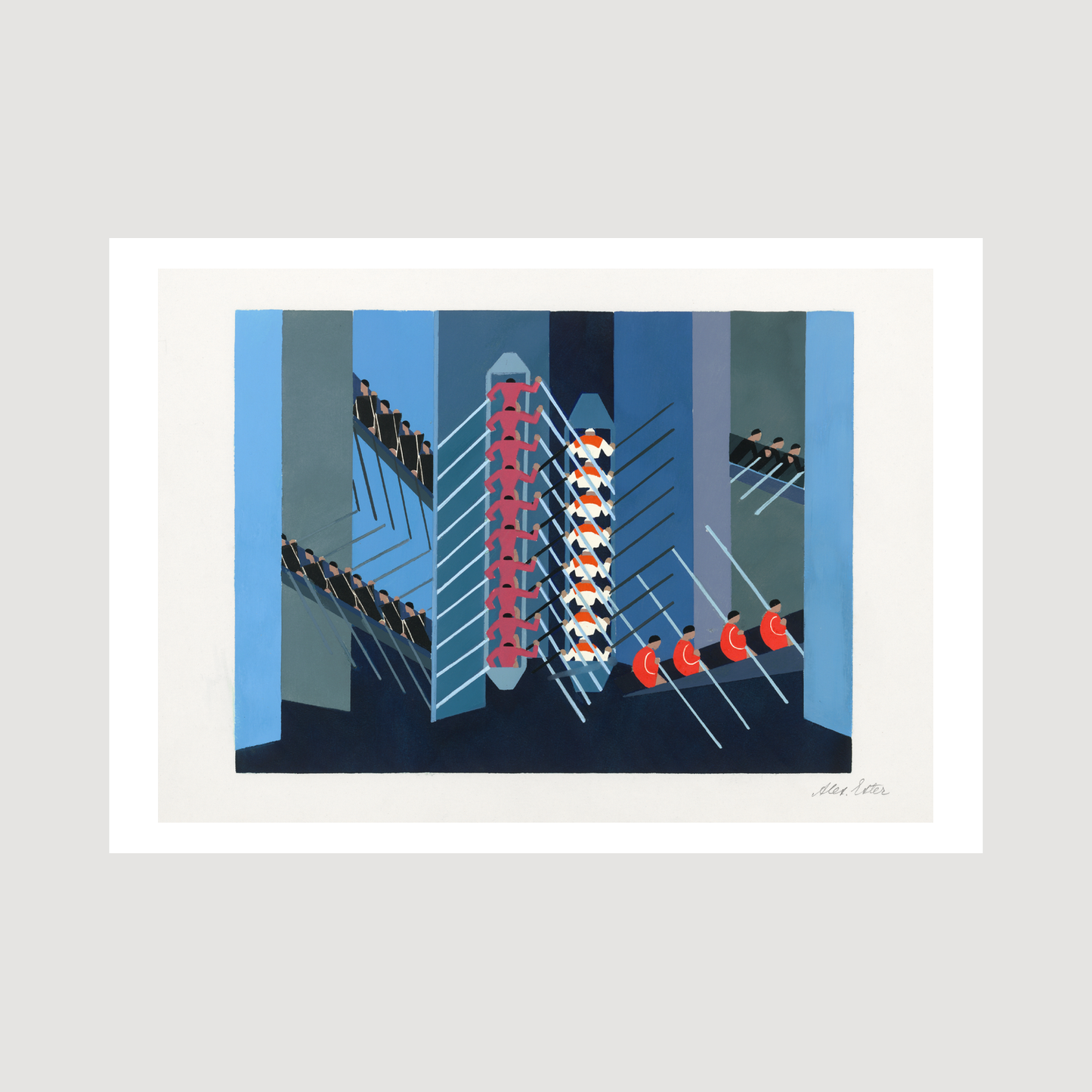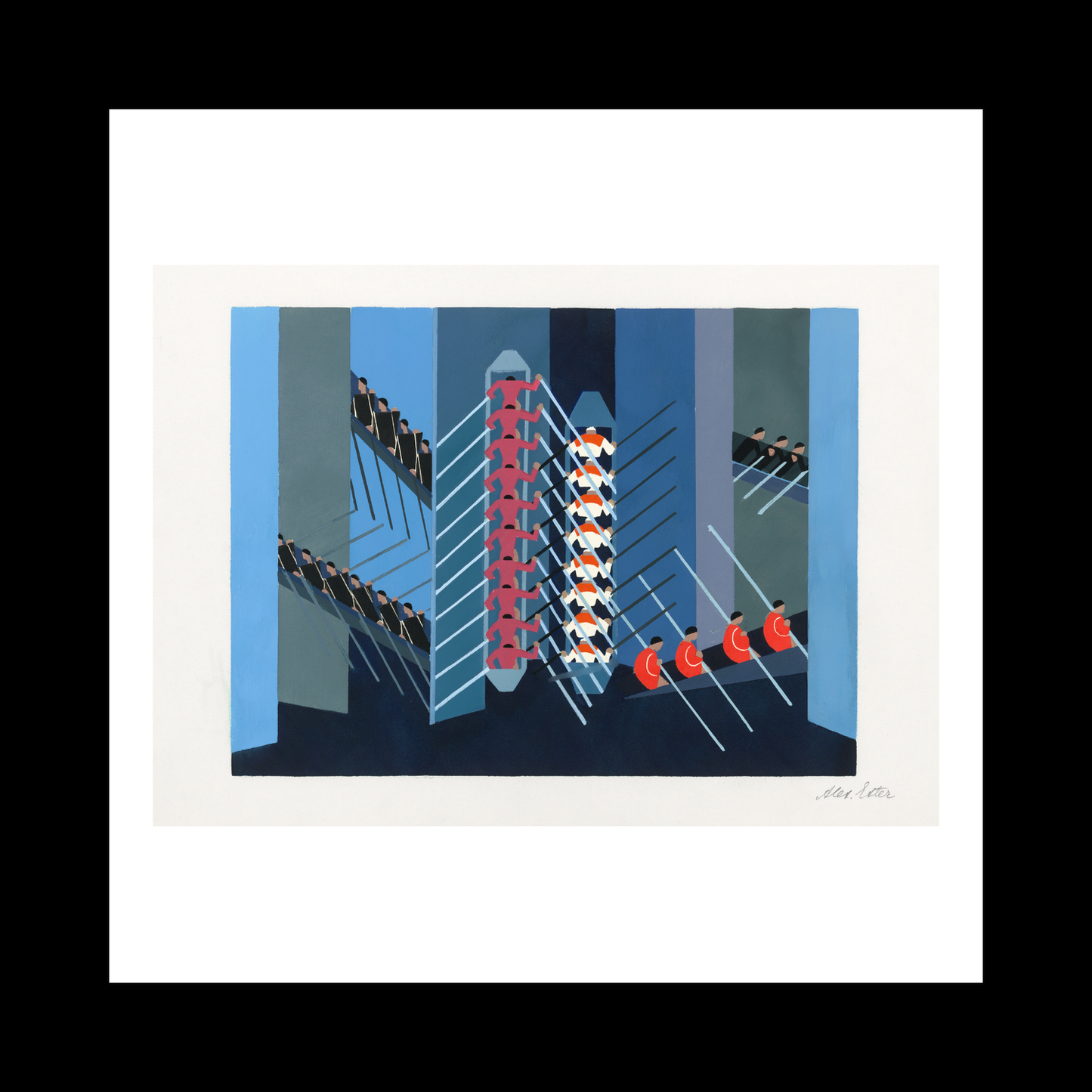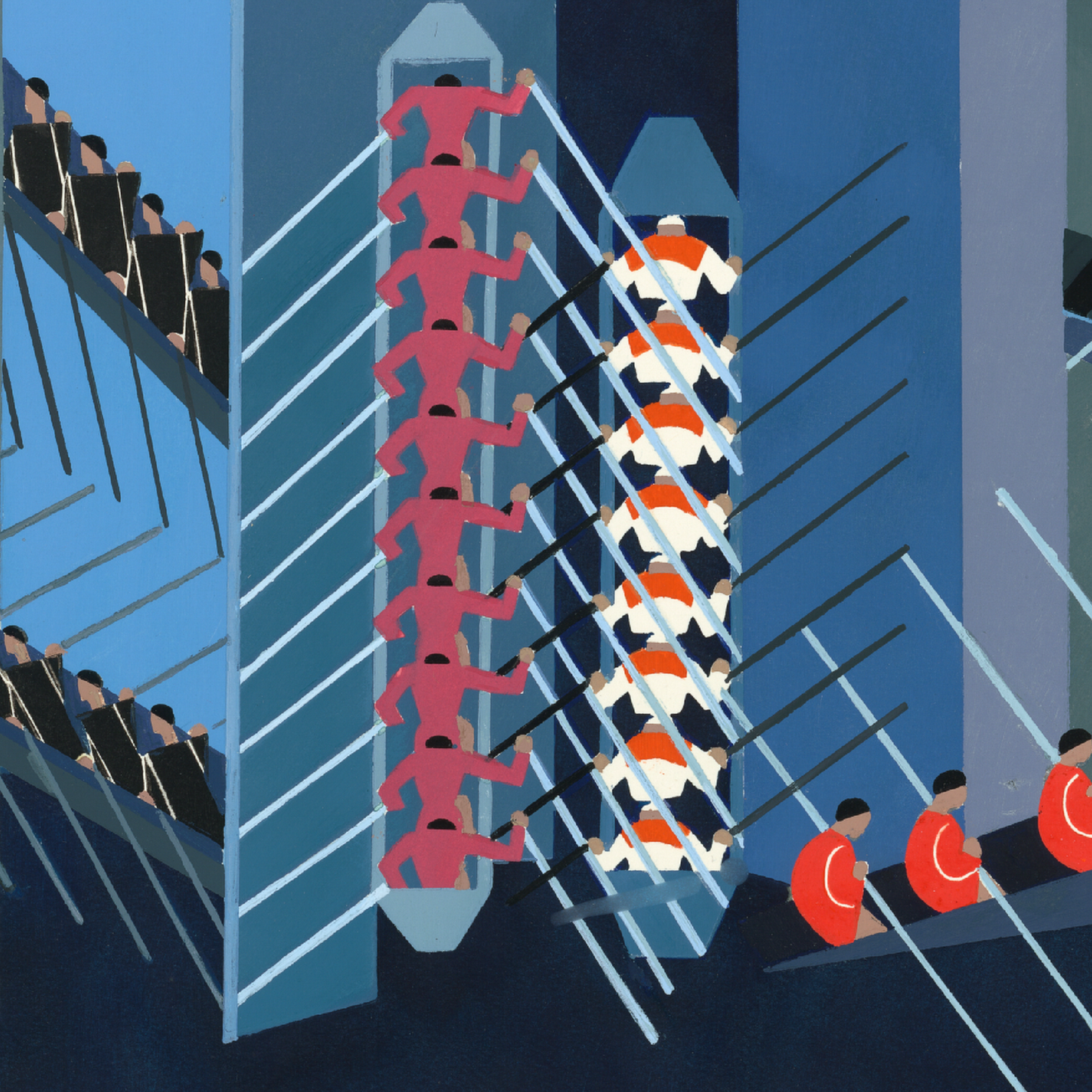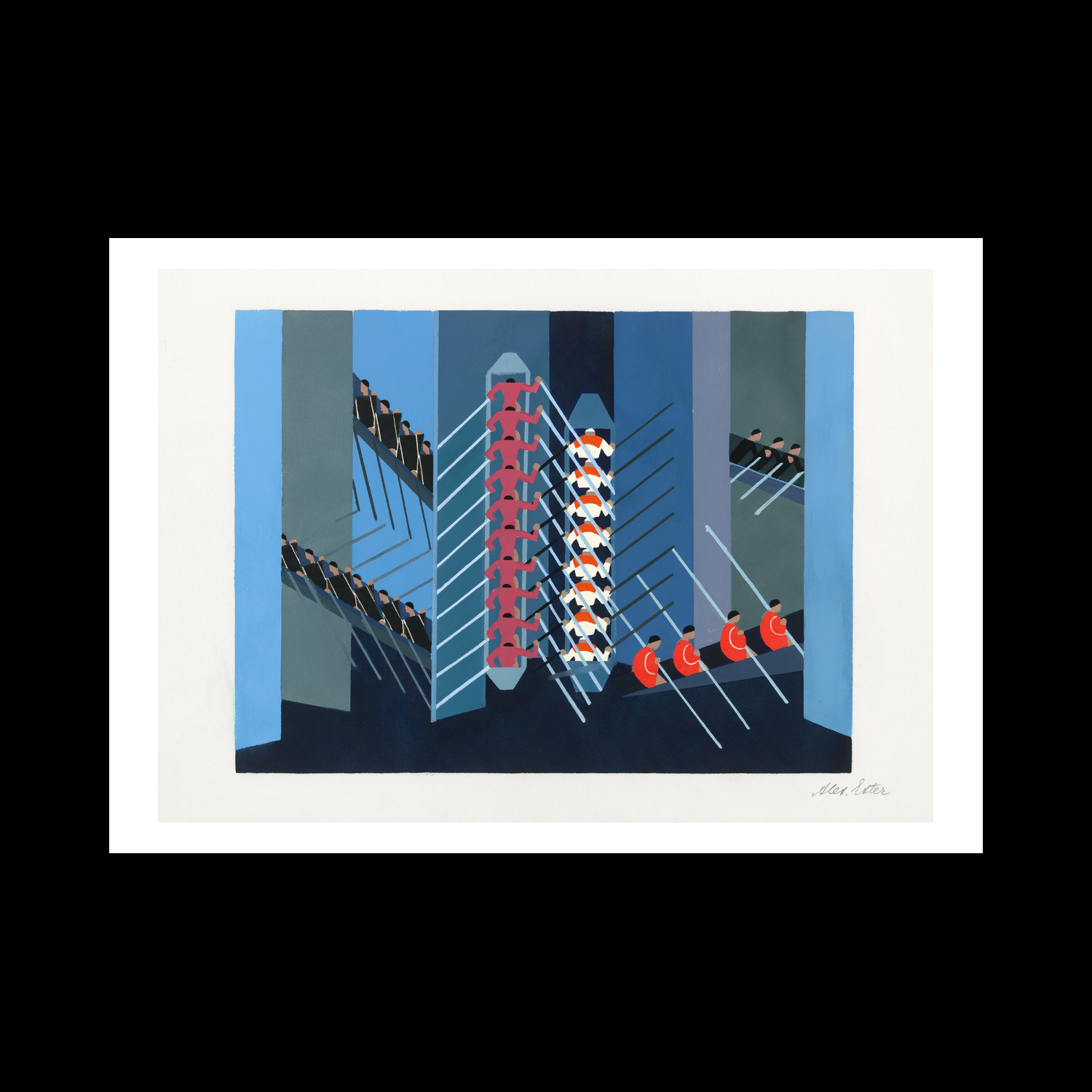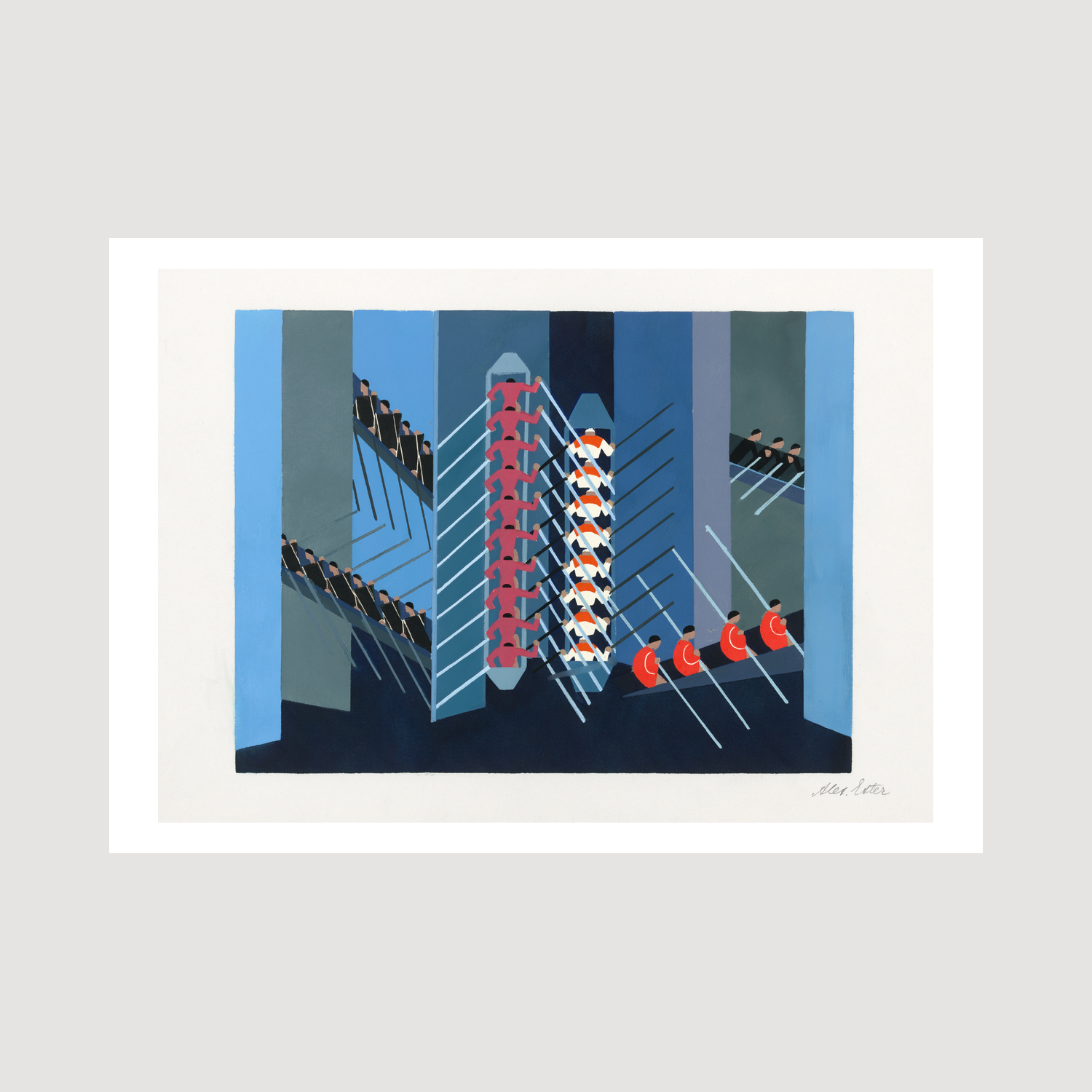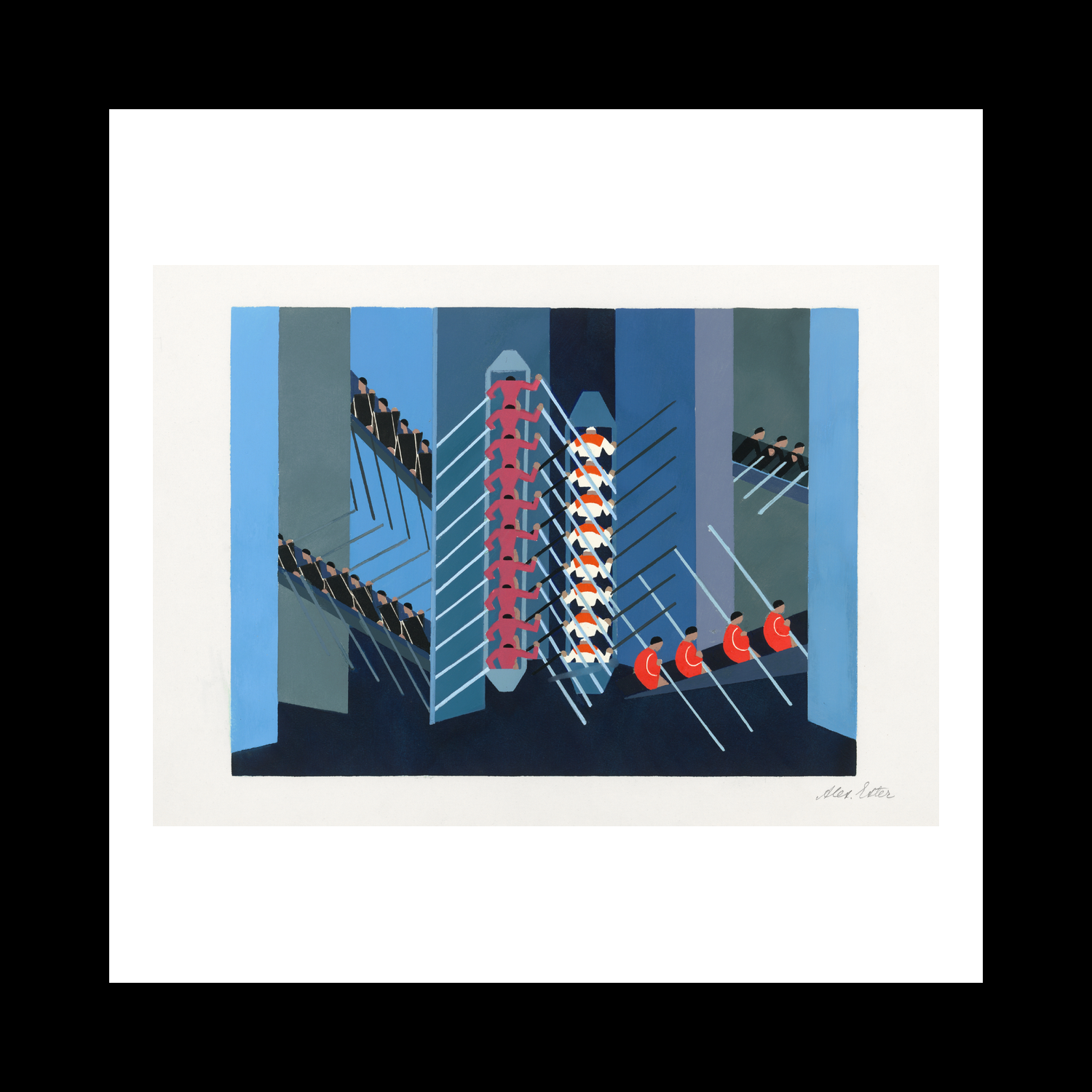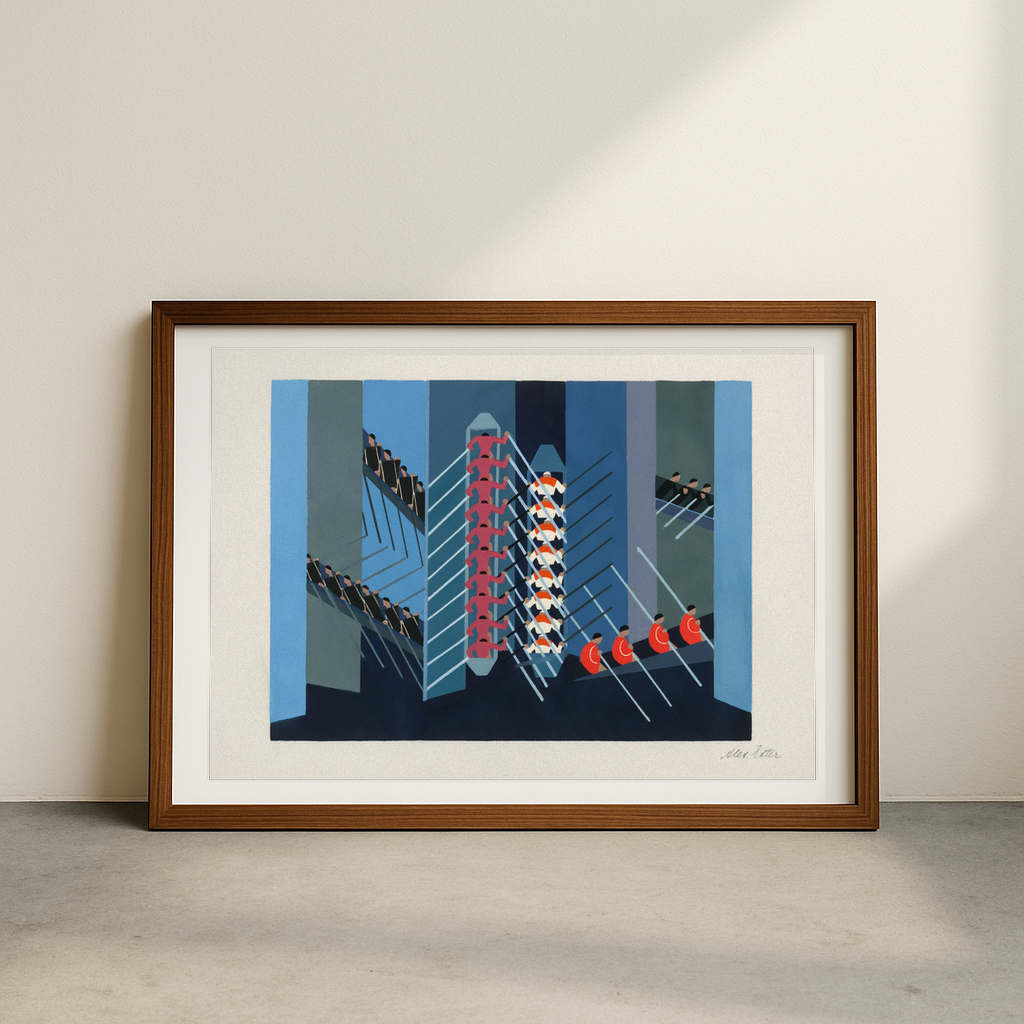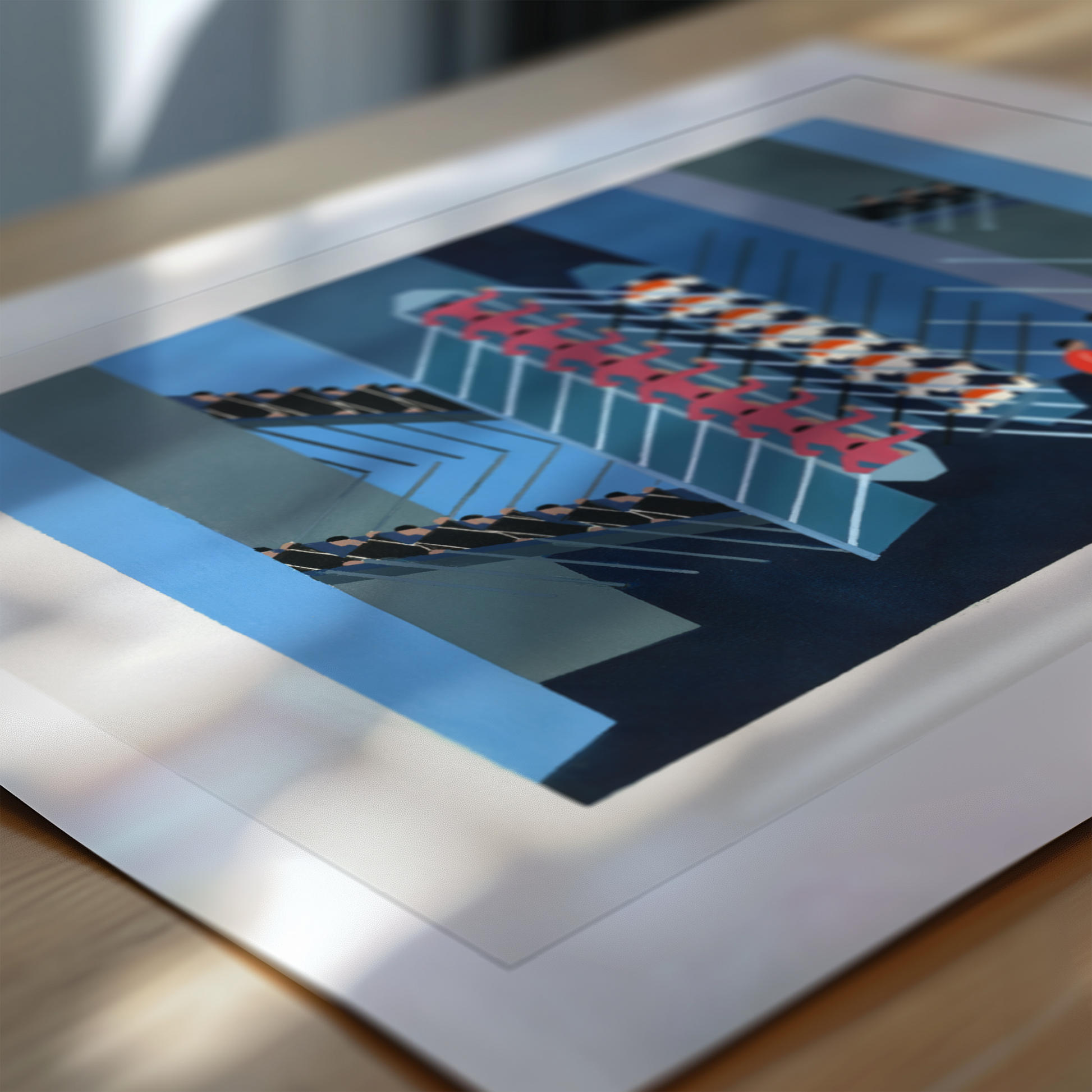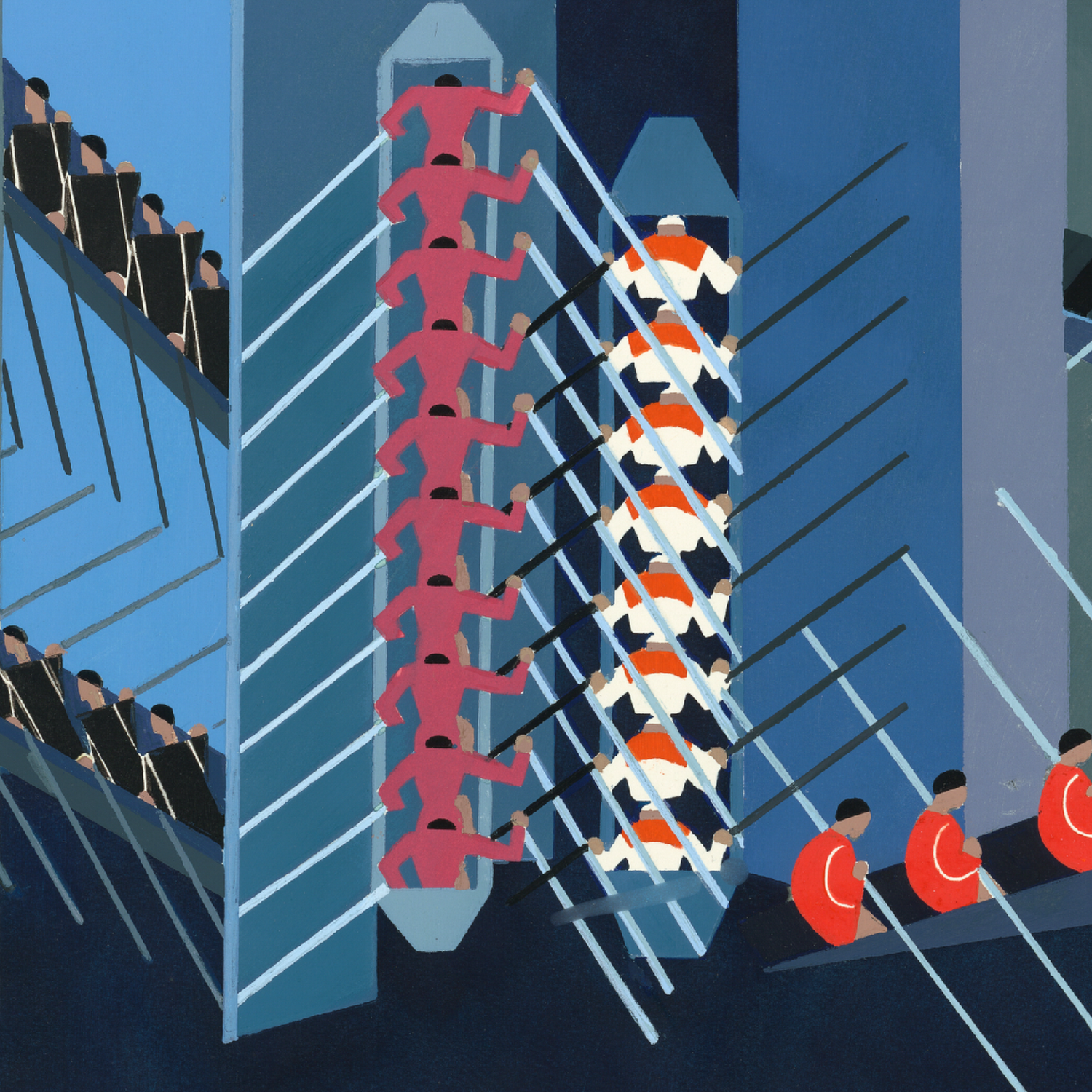1
/
of
6
Maquettes de theatre i.-xv. (1930)
Maquettes de theatre i.-xv. (1930)
Regular price
£12.45 GBP
Regular price
Sale price
£12.45 GBP
Taxes included.
Quantity
Couldn't load pickup availability
Alexandra Exter's 'Maquettes de theatre i.-xv.' (1930) represents a groundbreaking approach to theatrical design, showcasing fifteen innovative stage set models that revolutionised modern theatre. The collection features bold geometric shapes, dynamic diagonal lines, and a striking use of colour that embodies the avant-garde spirit of the Russian Constructivist movement. Each maquette demonstrates Exter's masterful understanding of spatial relationships and her ability to create dramatic, three-dimensional environments within the constraints of the stage.
As a prominent figure in both Russian and French avant-garde circles, Exter created these designs during her time in Paris, where she had relocated after the Russian Revolution. These maquettes reflect her unique fusion of Cubist principles with theatrical practicality, challenging traditional stage design conventions. Her work particularly influenced the development of experimental theatre in Europe during the 1920s and 1930s, introducing industrial materials and abstract forms to stage design.
The significance of these theatre maquettes lies in their radical departure from naturalistic stage settings. Exter employed unusual angles, suspended platforms, and mechanical elements to create dynamic spaces that complemented the experimental performances of the era. Her use of industrial materials like metal and glass, combined with vibrant colours and geometric patterns, created a sense of movement and energy that transformed the theatrical experience. These designs exemplify her belief that stage sets should be active participants in performances rather than mere backdrops, demonstrating how modernist principles could be applied to practical theatre design.
Each model reveals Exter's meticulous attention to scale, proportion, and functionality while maintaining an artistic vision that aligned with the revolutionary spirit of early 20th-century avant-garde movements. Her work continues to inspire contemporary stage designers and stands as a brilliant example of the intersection between fine art and theatrical innovation.
View full details
As a prominent figure in both Russian and French avant-garde circles, Exter created these designs during her time in Paris, where she had relocated after the Russian Revolution. These maquettes reflect her unique fusion of Cubist principles with theatrical practicality, challenging traditional stage design conventions. Her work particularly influenced the development of experimental theatre in Europe during the 1920s and 1930s, introducing industrial materials and abstract forms to stage design.
The significance of these theatre maquettes lies in their radical departure from naturalistic stage settings. Exter employed unusual angles, suspended platforms, and mechanical elements to create dynamic spaces that complemented the experimental performances of the era. Her use of industrial materials like metal and glass, combined with vibrant colours and geometric patterns, created a sense of movement and energy that transformed the theatrical experience. These designs exemplify her belief that stage sets should be active participants in performances rather than mere backdrops, demonstrating how modernist principles could be applied to practical theatre design.
Each model reveals Exter's meticulous attention to scale, proportion, and functionality while maintaining an artistic vision that aligned with the revolutionary spirit of early 20th-century avant-garde movements. Her work continues to inspire contemporary stage designers and stands as a brilliant example of the intersection between fine art and theatrical innovation.
